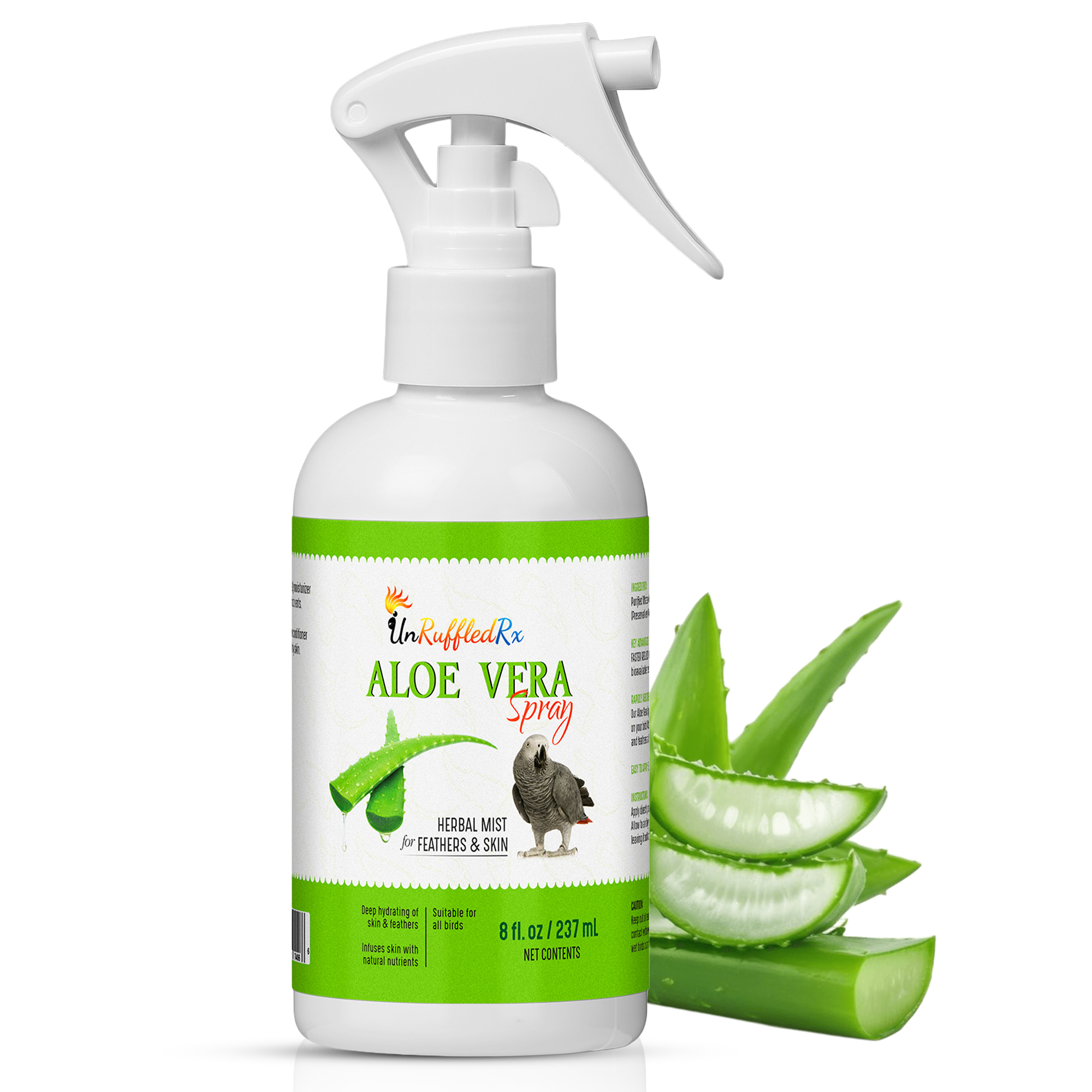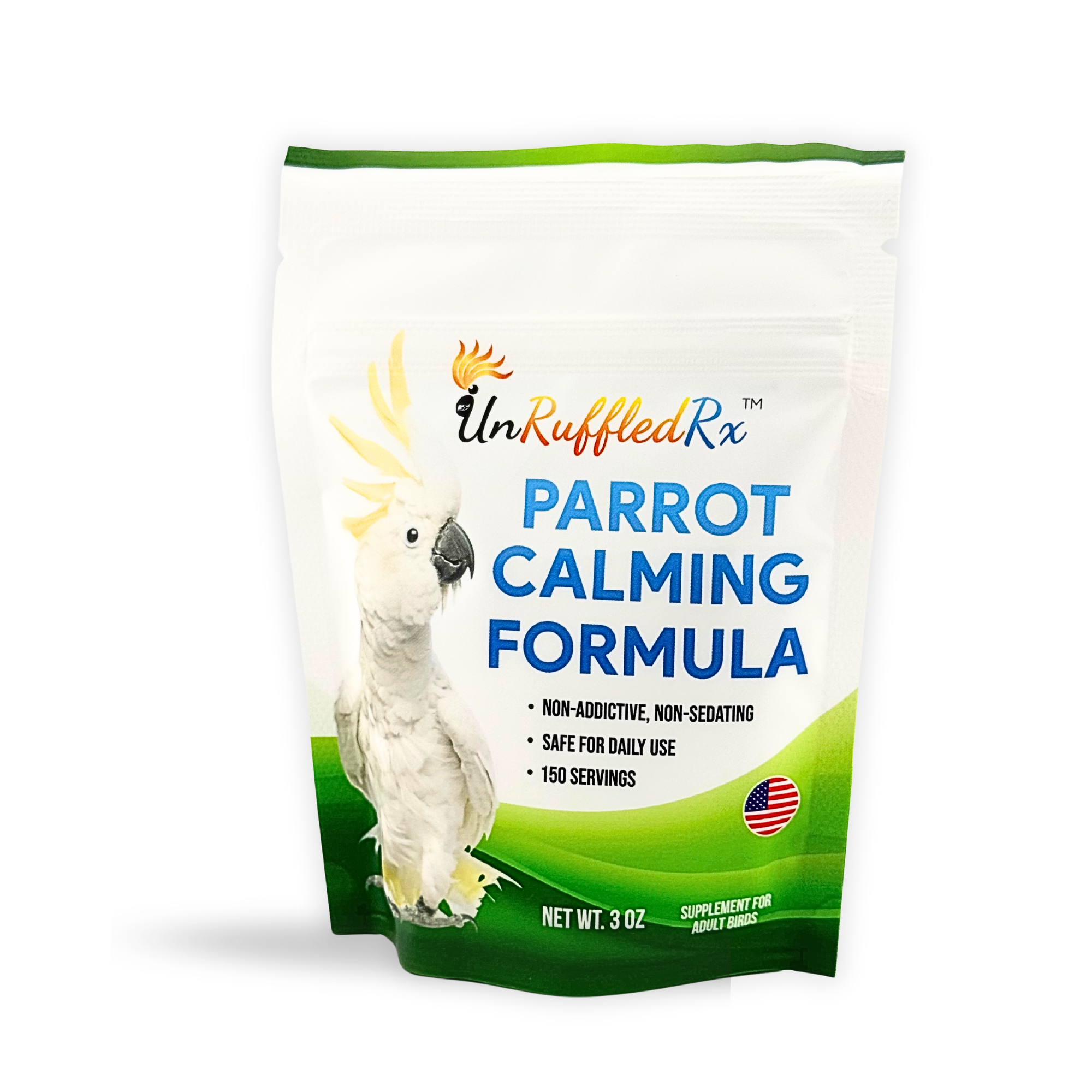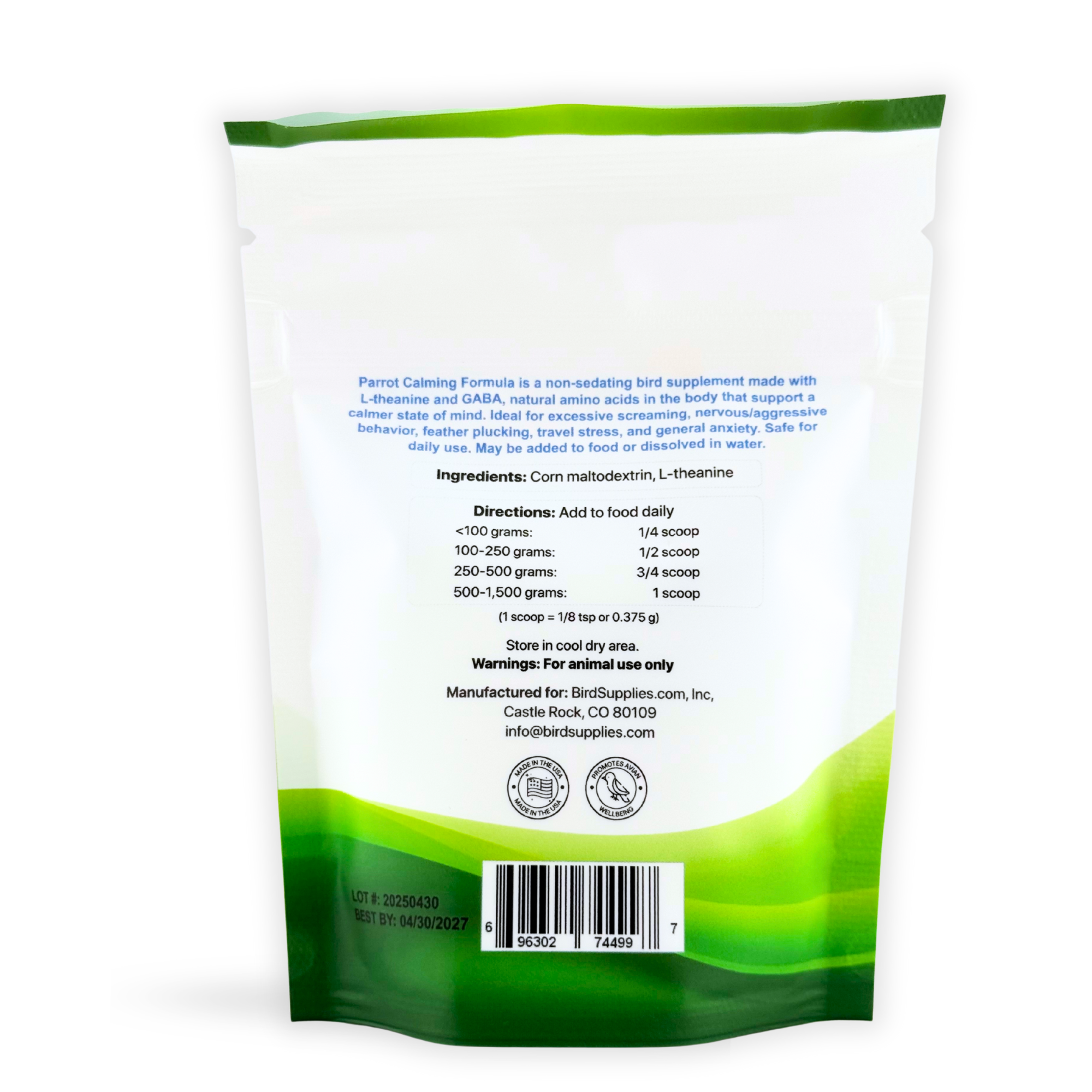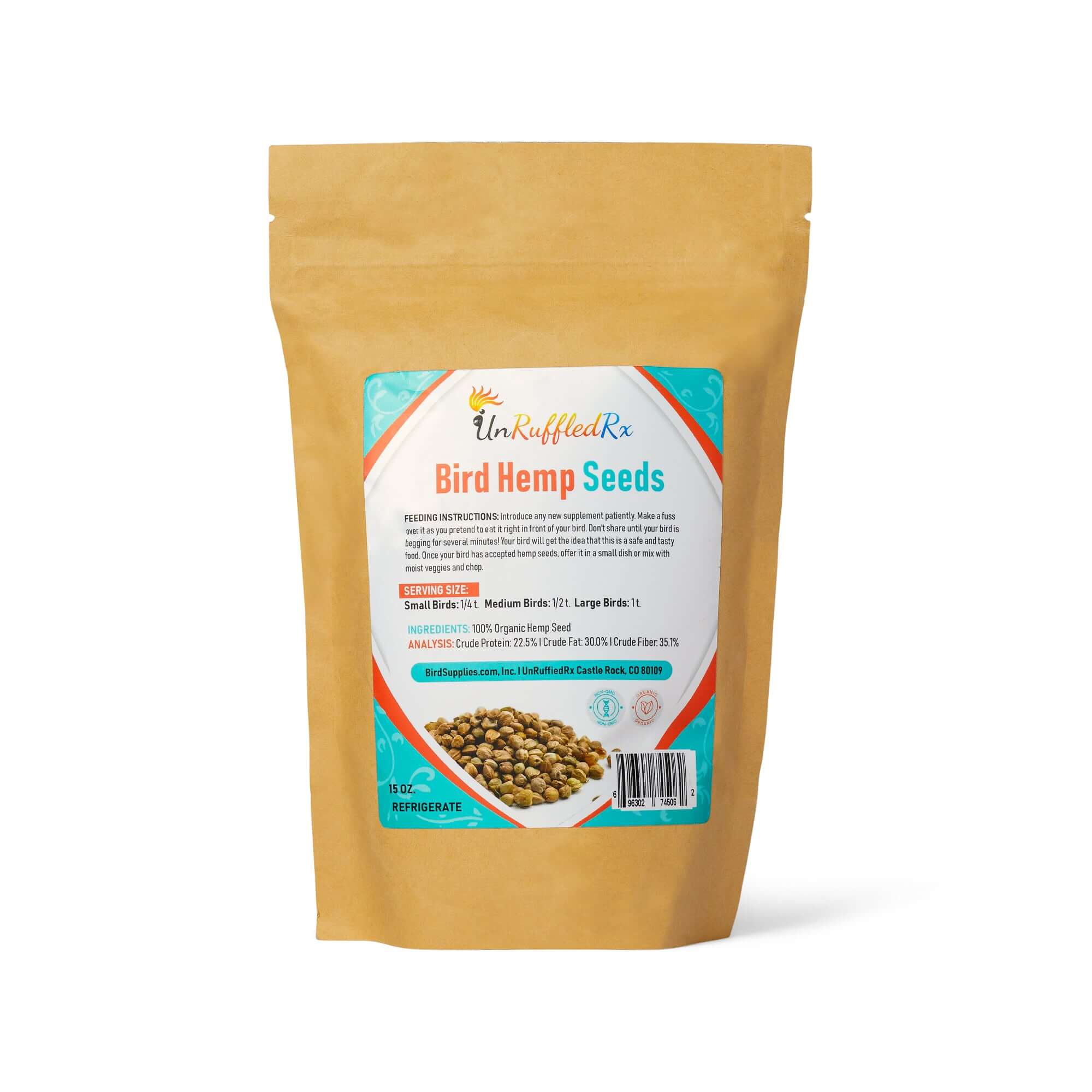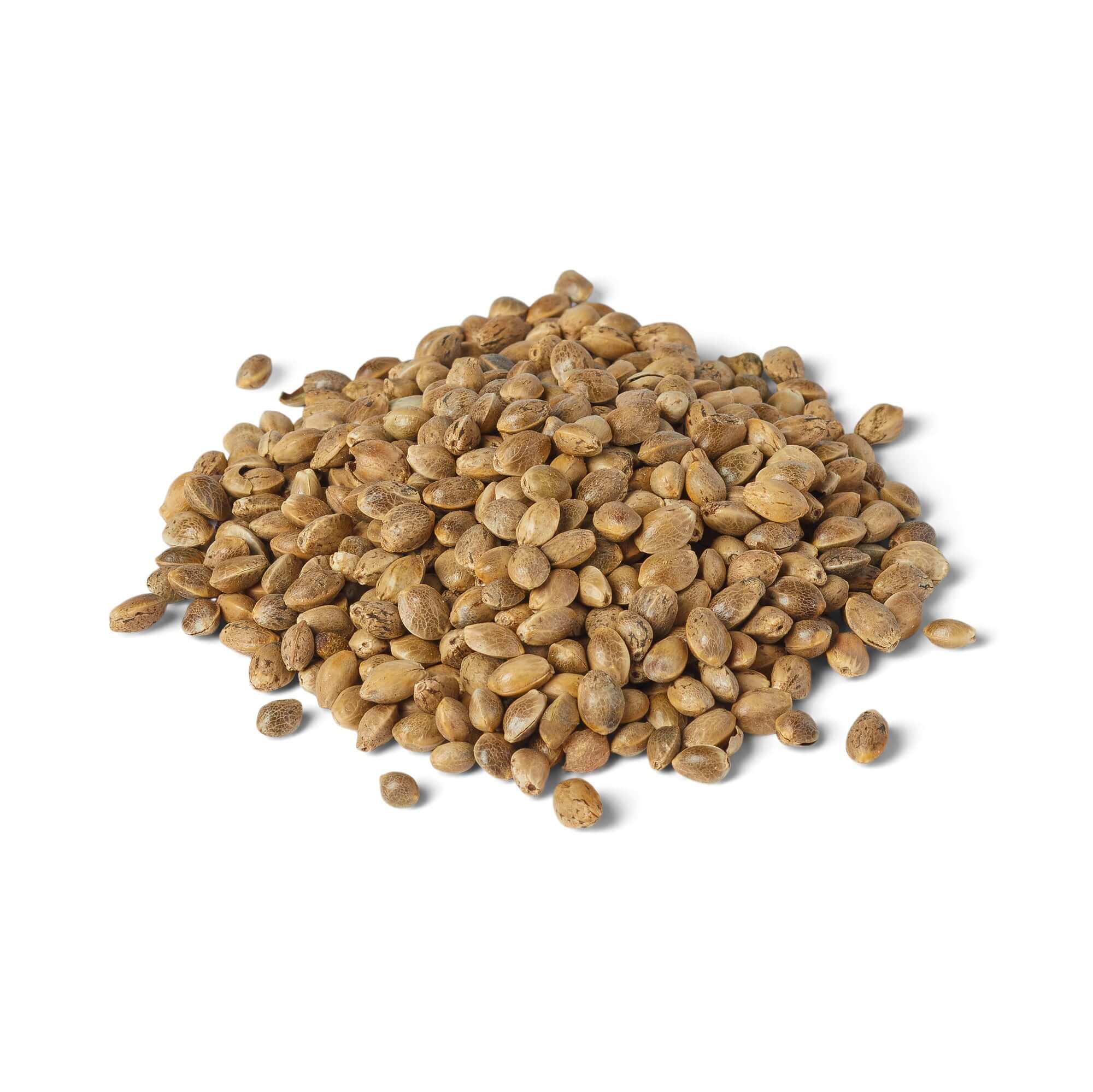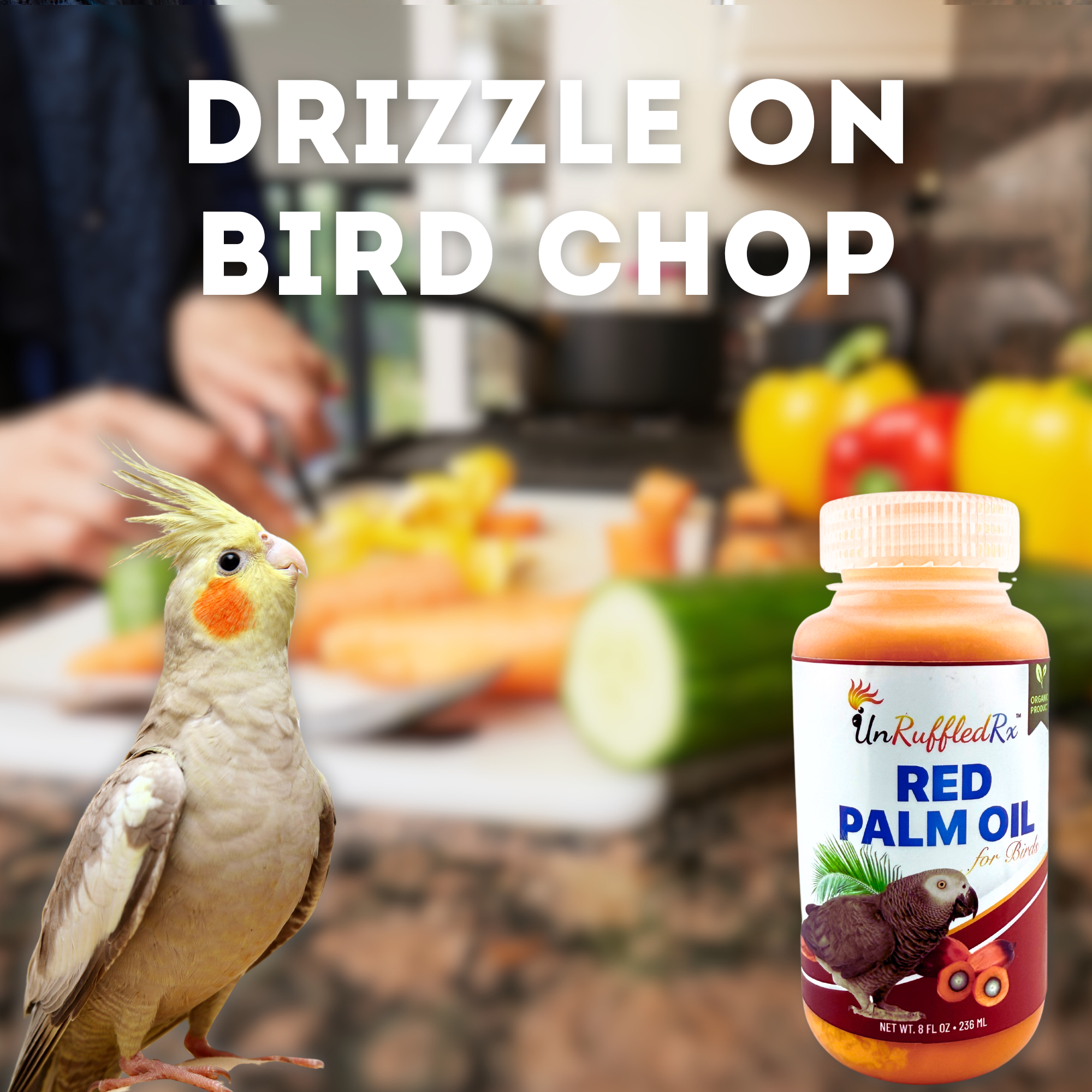Table of Contents
- The Importance of Out of Cage Time for Cockatiels
- Factors to Consider When Deciding How Long a Cockatiel Should Be Out of Its Cage
- Recommended Minimum Out of Cage Time for Cockatiels
- Maximizing Your Cockatiel's Out of Cage Time
- Signs That It's Time to Put Your Cockatiel Back in Its Cage
- Tips for Easily Putting Your Cockatiel Back In It's Cage
- What to Look for in a Cockatiel Outdoor Aviary
The Importance of Out of Cage Time for Cockatiels
Cockatiels, the smallest of the cockatoo family, are social and active birds that require plenty of mental and physical stimulation, also known as parrot enrichment, to stay happy and healthy. Keeping them confined to a cage all the time can lead to boredom, stress, behavioral issues, and even health problems. That's why providing regular out-of-cage time is essential, allowing them to explore, exercise, and interact with both their human family and other birds.
Out of cage time can improve a cockatiel's mental health, emotional well-being, and physical fitness. It allows them to stretch their wings, climb, fly, play, forage, and express their natural behaviors. It also provides them with an opportunity to socialize with other birds and humans, learn new skills, and develop a bond with their caretakers.
Moreover, out of cage time can reduce a cockatiel's risk of obesity, muscle weakness, respiratory infections, and feather plucking. When a bird is confined to a small space for extended periods, it can lead to a lack of exercise and fresh air, resulting in health issues. Recent research is showing that bird's that are allowed outside of their cage 8 or more hours a day are significantly less apt to develop a dreaded feather plucking problem.
Factors to Consider When Deciding How Long a Cockatiel Should Be Out of Its Cage

When it comes to deciding how long your cockatiel should be out of its cage, there are several factors you need to consider. These factors include:
1. Age and Health: Older birds or birds with health issues may need shorter periods of out of cage time. Likewise, anxious birds may appreciate shorter periods of interaction.
2. Living Environment: If you have a busy household with other pets or lots of company, your cockatiel may need shorter periods of out of cage time for safety and to avoid stress.
3. Bird's Personality: Some cockatiels are more social and outgoing than others and may enjoy longer periods of out of cage time. Others may prefer shorter periods of out of cage time.
4. Availability: You need to be available to supervise your cockatiel when it's out of its cage, so you need to consider your schedule and availability when deciding how long your cockatiel should be out of its cage.
5. Training: If your cockatiel is still in the training stage, it may need shorter periods of out of cage time to avoid accidents. Getting a portable bird stand and teaching your cockatiel to station on it is important for safety reasons. A small bird that walks on the floor is more apt to get stepped on or accidentally trampled by a pet dog.
6. Environment and Stimuli: When your cockatiel is out of its cage, it will be exposed to various stimuli and activities. You need to consider the type of environment you provide for your cockatiel and the amount of stimulation it gets when deciding how long it should be out of its cage.
All these factors play a crucial role in determining how long your cockatiel should be out of its cage. By considering each of them carefully, you can ensure that your bird is happy, healthy, and comfortable during its out of cage time.
Recommended Minimum Out of Cage Time for Cockatiels
Cockatiels are social and active birds that require ample time outside of their cages. A recommended minimum time for your cockatiel to be out of its cage is at least 2-3 hours per day. This gives them time to stretch their wings, interact with their environment and get some exercise. Some important new research demonstrates that birds that are out of their cage for at least 8 hours a day are less apt to develop a feather plucking habit.
When it comes to determining the amount of out of cage time for your cockatiel, there are several factors to consider. These include your bird's age, activity level, socialization needs, and personality. Younger cockatiels, for example, need more out of cage time to burn off excess energy. Whereas, an older bird may need less time outside of the cage, but may still benefit from daily interaction with their environment and owner.
It's important to be consistent with your cockatiel's out of cage time and provide a safe, bird-friendly environment for them to explore and play in. Make sure to supervise them at all times, and always ensure their safety by covering up windows and other potential hazards.In summary, a recommended minimum of 2-3 hours of out of cage time per day is ideal for a happy and healthy cockatiel. Keep in mind your bird's individual needs and personality when determining the best out of cage routine. And remember, supervision and safety are key factors to keep in mind for your feathered friend.
Maximizing Your Cockatiel's Out of Cage Time
Once you've decided on a reasonable amount of time for your cockatiel to be out of its cage, you may want to maximize that time by ensuring your feathered friend is engaged, happy, and healthy. Here are some tips to help you do just that:
1. Create a bird-friendly environment: Remove any hazards and ensure that your bird is free to fly around safely. Use pet-friendly cleaners, ensure that your bird can't get into anything that might harm it, and cover any sharp edges that could pose a danger.
2. Offer plenty of toys: Cockatiels are very curious birds, so you should ensure that they have plenty of toys to play with and explore. This will help keep them mentally stimulated and active while out of their cage.
3. Spend quality time with your cockatiel: One of the reasons that you may be letting your bird out of its cage is to enjoy some quality time with it. So be sure to spend this time interacting with your cockatiel, teaching it new tricks, or just chatting away. This is a great way to strengthen your bond with your bird and help it feel loved.
4. Allow plenty of free-flight time: Cockatiels are very social birds and need a lot of exercise. Giving your bird plenty of time to fly and play can help keep them active and engaged, and can also be a great way to build trust with your pet.
5. Provide a healthy diet: Feeding your bird a healthy diet is essential to ensuring that it is healthy and happy while out of its cage. You can use out of cage time to show your bird which vegetables and fruits are good for it. Most birds love to share a meal with you. After all wild cockatiels go in search together as a flock. When your cockatiel sees you eating healthy foods, it wants to share the feast!
By following these tips, you can help ensure that your cockatiel enjoys a happy, healthy, and fulfilling life out of its cage. Remember, it's important to provide your bird with a stimulating and safe environment, plenty of social interaction, and a healthy diet. Doing so can help keep your bird happy, active, and content for years to come.
Signs That It's Time to Put Your Cockatiel Back in Its Cage
While it's important to provide your cockatiel with enough out-of-cage time, it's also important to know when it's time to put them back in their cage. Here are some signs to watch for:
1. Fatigue: Cockatiels, like all birds, nap throughout the day to stay healthy. If you notice your cockatiel starting to doze off or become lethargic, it's time to put them back in their cage so they can rest.
2. Overstimulation: While it's good for your cockatiel to get plenty of social interaction and playtime, too much stimulation can be overwhelming. If your bird starts to show signs of stress or agitation, it's time to give them a break.
3. Hunger: If your cockatiel starts to get hungry, they may become irritable or aggressive. Cockatiels eat throughout the day. So, if you don't have a play stand with food and water bowls on it, you'll need to take your bird back to its cage for frequent feedings.
4. Bathroom breaks: Cockatiels need to use the bathroom frequently, so if you notice your bird starting to become restless or agitated, it may be time to take them back to their cage to use the bathroom.
By paying attention to your cockatiel's behavior and needs, you can ensure that they get plenty of out-of-cage time while also keeping them safe and healthy.
Tips for Easily Putting Your Cockatiel Back In It's Cage
Cockatiels are social creatures that crave interaction and playtime with their owners. However, transitioning between in-cage and out-of-cage time can be a bit tricky, especially for new bird owners. Here are some tips to help make the transition as smooth as possible:
1. Set a routine: Try to establish a routine that your cockatiel can get used to. For instance, start by letting them out for an hour in the morning and an hour in the evening. Stick to the same times as much as possible so that your bird knows when it's time to come out of the cage
2. Name the back to cage routine: Just like we give our kids plenty of time to transition to bed time or nap time, your cockatiel will appreciate knowing that it is getting time to go back to its cage. Whether you call it "cage time" or "night-night," your tiel will appreciate knowing that a transition is coming up.
3. Make going back to the cage rewarding by offering a favorite treat. Grab your bird's favorite treat and head back to the cage. Teach it a "step-down" routine of going from your finger to the perch inside of the cage. As soon as it steps down, tell it what a good birdie it is in an excited voice. Then, offer it a favorite treat.
4. Always use positive reinforcement: Praise and reward your bird when they return to their cage on their own or when they follow your instructions. This will help to create positive associations with transitioning back into the cage.
5. Strive to make sure that in cage time is fun and enriching by offering cockatiel appropriate toys of soft woods and natural fibers. If your bird is tame and active, place the cage near family activities and play the TV and music for enrichment. If your bird is more on the nervous side, make sure that your bird has a comfy area away from the family commotion.
What To Look For In a Cockatiel Outdoor Aviary
Keeping a cockatiel in an outdoor aviary can be a great way to provide them with a natural and spacious environment. However, safety is crucial. Use sturdy materials like stainless steel mesh for containment and heavy hardware cloth for additional shade and protection. For the structure, consider plastic wood substitutes that won’t splinter or be affected by the weather. A **concrete floor** is an excellent option to prevent burrowing animals and pests from entering the aviary from below.
When setting up your cockatiel’s outdoor aviary, make sure there’s plenty of shade and protection from rain and wind. Cockatiels thrive in temperatures between 50-80°F, so be mindful of extreme weather and bring them indoors if it gets too hot or too cold. The aviary should also be equipped with secure feeding and watering stations, ensuring that food and water stay clean and cool.
Regular supervision is important to ensure your bird’s safety and comfort. Even with a secure setup, it’s good to keep an eye on your cockatiel while they enjoy the outdoors. With the right cockatiel outdoor aviary setup, using safe materials and offering protection from the elements, your bird can enjoy a safe and enriching experience outside!

By following these tips, you can help ensure a smooth transition between in-cage and out-of-cage time for your cockatiel. Remember that every bird is different, and you may need to adjust your routine and approach accordingly. With patience and consistency, you and your cockatiel can enjoy happy and healthy out-of-cage time together.
In Conclusion...
It's clear that allowing your cockatiel out of its cage is an essential aspect of its overall well-being. Not only does it provide a change of scenery, but it also allows for exercise, socialization, and mental stimulation.
When deciding how long to let your cockatiel out of its cage, it's crucial to consider factors such as their individual needs, activity level, and environmental safety. It's recommended to aim for at least one hour of out of cage time per day, with additional time being beneficial if possible.
Maximizing your cockatiel's out of cage time can be achieved through providing stimulating toys and safe environments. However, it's essential to keep an eye out for signs that it's time to put your cockatiel back in its cage, such as excessive fatigue or hunger.
When putting your cockatiel back in its cage, it's essential to do so with minimal stress. Offering treats and creating a positive association with going back in their cage can make the transition smoother.
Overall, out of cage time is an essential aspect of your cockatiel's overall health and happiness. By considering their needs and providing a stimulating environment, you can help ensure your cockatiel's out of cage time is enjoyable and beneficial for both of you.
Related Posts:
Cockatiels As Pets: How To Care For A Cockatiel
Cockatiels Make Great Pet's for Beginner and Advanced Bird Lover's Alike
Diane Burroughs, LCSW is a licensed psychotherapist trained in ABA therapy techniques. She specializes in avian anxiety disorders and is certified in Nutrition For Mental Health. Diane has written a number of bird behavior books and she offers behavior consultations. She's developed a range of UnRuffledRx Science-backed Parrot Wellness Supplies.
Diane's products have been featured in the Journal of Avian Medicine and Surgery and at Exoticscon, a conference for exotic pet veterinarians. Her bird collars & supplements are stocked in avian vet clinics and bird stores throughout the US. With over 30 years in the field of behavior, Diane has created thousands of successful individualized behavior plans that help pets thrive.
TAGS: #HowToCareForACockatiel #CockatielCare
SHARING IS CARING! PLEASE SHARE ON YOUR FAVORITE SOCIAL MEDIA NOW!






